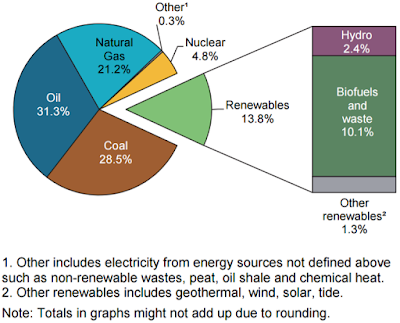Alongside perovskite there have been a number of other solar cell developments.
Solar Tower
MIT researchers have experimented with different 3D solar cells, including developing solar towers. These 3D shapes can better harness electricity when the Sun is not directly overhead, as well as allowing for light to be reflected within the structure and so increasing the amount of light absorbed.
This has the advantage of generating electricity more uniformly throughout the day, the solar cells can be "flat-packed" for easier transport, and in higher latitudes (like the UK) they perform considerably better than traditional flat solar cells (see Figure 1). The increase in energy density (the amount of power generated divided by its area) was by a factor of 2-20, with an even greater increase in cloudy conditions.
 |
| Fig. 1 Ratio of energy generated by an open cube compared to a flat panel for different seasons |
Bi-triggered solar cells
These are flexible solar cells that, with an added layer of graphene, can generate electricity not just from light but also from rain. Light/water electricity conversion efficiency is still relatively low at 6.53%, and it requires further work to improve long-term stability. This is still a very new technology however, and so optimisation in the future is to be expected. Even if efficiency never reaches the levels of normal silicon solar cells, in places such as the UK, bi-triggered solar cells may well be more appropriate.Organic Solar Cells
Similar to perovskite solar cells, organic solar cells offer a low-cost, thin and flexible solar cell solution. They present an opportunity for solar cells to be used almost like wallpaper, covering buildings and interiors. Organic solar cells have also experienced a rapid increase in efficiency; this has included structural changes to the solar cell design, improving both efficiency (to about 15% - this is the efficiency required for commercial viability) and stability without altering the actual material.
 |
| Thin film solar cell |
What does it all mean?
The innovations discussed in this post and the perovskite one tackle some of the big criticisms that are often brought up for solar cells: the variable output, their unsuitability for higher latitudes, high costs and so on. As these advances are prepared for the market and rolled out into the world, renewable energy will begin replacing fossil fuels not only to reduce carbon emissions, but also because they are simply the better option. This article from Nature describes just how much support solar is receiving from Silicon Valley, the current global hub of blistering technological development.
Ultimately, as the current energy mix is discussed and plans for a zero carbon future are made, I think it's right that we assume real and novel improvements from the renewable energy offering, as opposed to arguing that the world must adapt energy generation to the technology we have available to us today. There are almost certainly similar improvements across the renewables industry, including other ways of harness solar energy (like this).
















